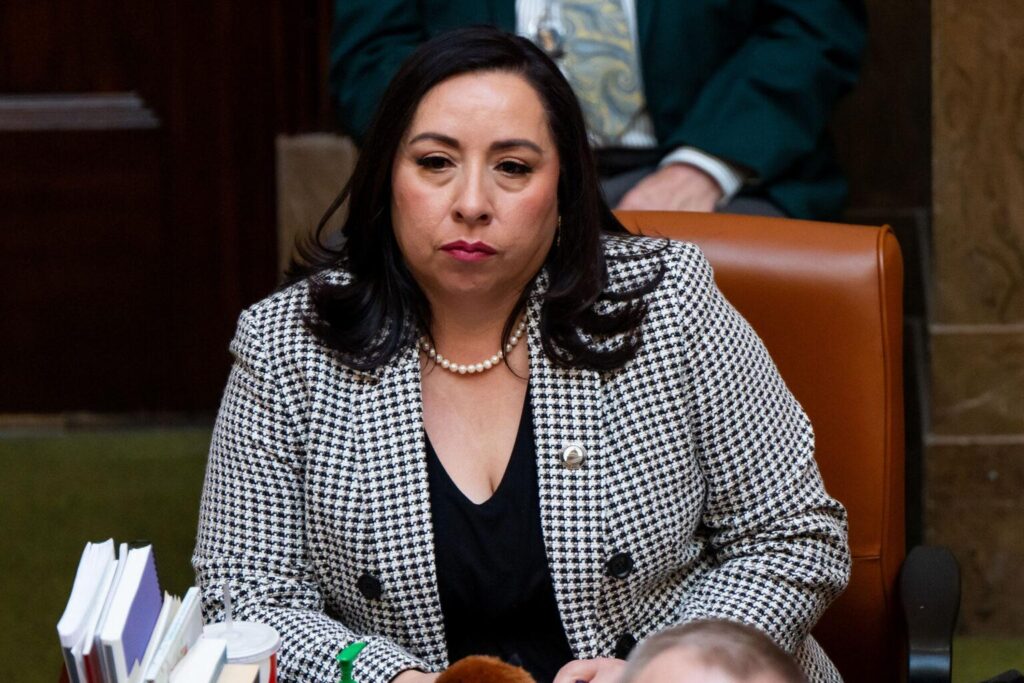In the ongoing efforts to improve mental health services for veterans, lawmakers are pushing for a major overhaul of the suicide prevention algorithm used by the Department of Veterans Affairs. This comes after concerns were raised about the algorithm’s bias towards men, potentially putting female veterans at risk. As policymakers strive to create a more inclusive and effective system, the future of veteran mental health care hangs in the balance.
Examining the Flaws in the Current Suicide Prevention Algorithm
Lawmakers are pushing for a revamp of the current suicide prevention algorithm utilized by the VA, citing flaws that disproportionately affect women and minorities. The algorithm, which was found to favor men in its risk assessment calculations, has sparked outrage among advocacy groups and policymakers.
The proposed overhaul aims to address the gender and racial biases embedded in the algorithm and ensure that all individuals receive equitable and effective mental health support. In response to the outcry, the VA has committed to working closely with experts in the field to develop a more inclusive and accurate algorithm that takes into account the unique experiences and risk factors faced by diverse populations. Moving forward, the focus will be on creating a comprehensive suicide prevention strategy that prioritizes the well-being of all individuals, regardless of gender or ethnicity.
Gender Disparities in Veteran Suicide Prevention Efforts
Lawmakers are pushing for a revamp of the suicide prevention algorithm used by the Department of Veterans Affairs that has been criticized for favoring men over women. The current algorithm, which determines the level of risk for suicide among veterans, has been found to underestimate the risk for women, leading to gender disparities in prevention efforts. By updating the algorithm to better account for the unique risk factors faced by women veterans, lawmakers hope to improve the effectiveness of suicide prevention programs within the VA.
Some key changes being proposed by lawmakers include:
- Increasing the weight given to risk factors that are more prevalent in women, such as history of trauma or sexual assault.
- Implementing gender-specific screening questions to better assess the risk for suicide among female veterans.
By addressing these disparities in the suicide prevention algorithm, lawmakers aim to ensure that all veterans, regardless of gender, receive the support and resources they need to prevent suicide.
Proposed Changes to Ensure Equitable Support for all Veterans
Lawmakers are working on by overhauling the suicide prevention algorithm used by the VA. The current algorithm has been criticized for favoring men and neglecting the unique mental health needs of women veterans. With this overhaul, the goal is to provide more tailored and effective support for all veterans, regardless of gender.
The new algorithm will take into account a broader range of risk factors and warning signs, providing a more comprehensive assessment of each veteran’s mental health. Additionally, the VA is looking to increase access to mental health resources for women veterans, as they are often underrepresented in traditional support programs. These changes aim to create a more inclusive and effective system for preventing veteran suicides and supporting the mental health of all those who have served.
Moving towards a Gender-Inclusive Suicide Prevention Algorithm
Lawmakers are currently pushing for a revamp of the suicide prevention algorithm used by the Department of Veterans Affairs (VA), aiming to create a more gender-inclusive approach. The existing algorithm has been criticized for favoring men, overlooking the unique risk factors and warning signs that women may experience. By updating the algorithm to consider the needs of all veterans, regardless of gender, policymakers hope to improve outcomes and save more lives.
The proposed changes include:
- Implementing gender-specific risk factors into the algorithm
- Incorporating diverse perspectives from mental health experts
- Providing training for VA staff on gender differences in suicide prevention
The Conclusion
as lawmakers strive to improve the Veterans Affairs suicide prevention algorithm to ensure it is equitable for all, it is crucial to prioritize the mental health and well-being of all service members and veterans. By addressing existing biases and disparities, we can better support those who have sacrificed so much for our country. Let us continue to work towards a system that truly serves and protects those who have served and protected us.
